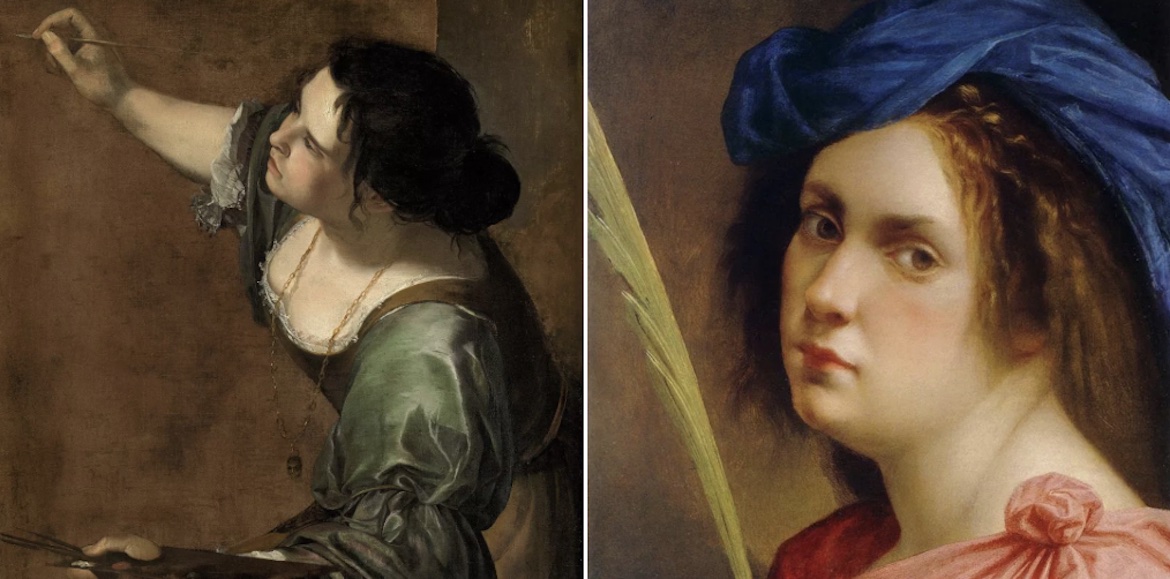

She began her artistic apprenticeship in her father's studio and quickly showed a much higher talent than her brothers. Later on, due to the teaching of Fine Arts being forbidden to women, her father appoints her a private tutor.
Inspired by her father’s style and Caravaggio’s work, she adds to it a dramatic emphasis charged with theatrical effects, which contributed to spreading the Caravaggisti movement in Naples, and often expresses a female point of view in her paintings. Her biographer, Mary Garrard, attributes certain features of her work, such as darkness and graphic violence, to her rape (by her tutor) and the humiliating trial that followed (1611-1612).
In Florence, Artemisia enjoys a flattering success and joins the Academy of the Arts of Drawing, the first woman to be granted such a privilege. She maintains good relations with the most renowned artists of her time, as well as with the Italian astronomer and physicist Galileo, and wins the favor and protection of influential people.
She later moves to Rome and, thanks to her sensitivity and determination, welcomes the artistic novelties of this period (Baroque and Classicism). She enters the Academy of Desiosi that celebrates her with an engraved portrait with the inscription: "Miracle of painting, easier to envy than to imitate".
In Naples, she paints for the first time for a cathedral, showing once again her ability to adapt to the artistic tastes of the time and her capacity to tackle other subjects, increasing her fame.
@ Adama Toulon - Julie Henry Poutrel

